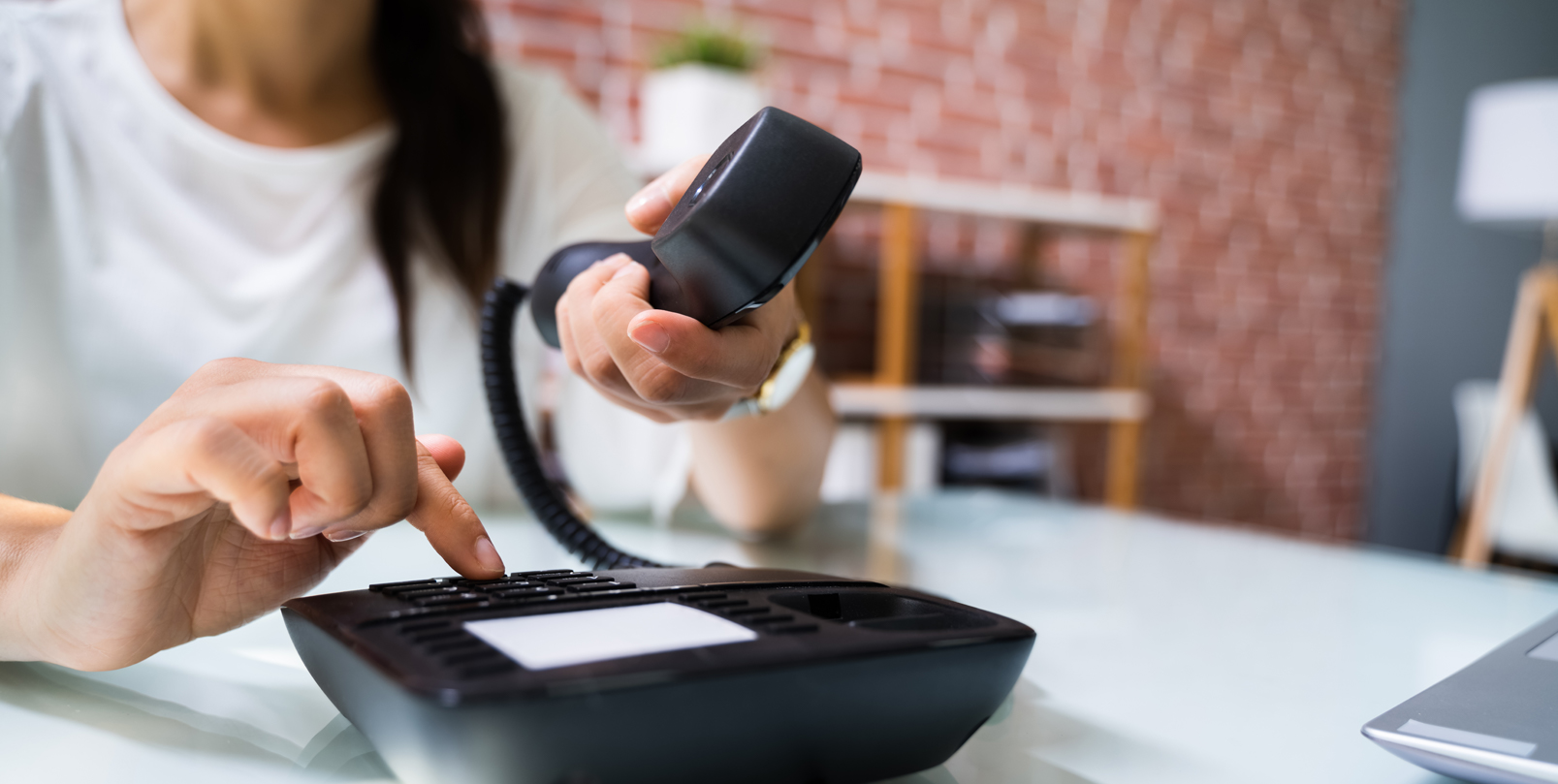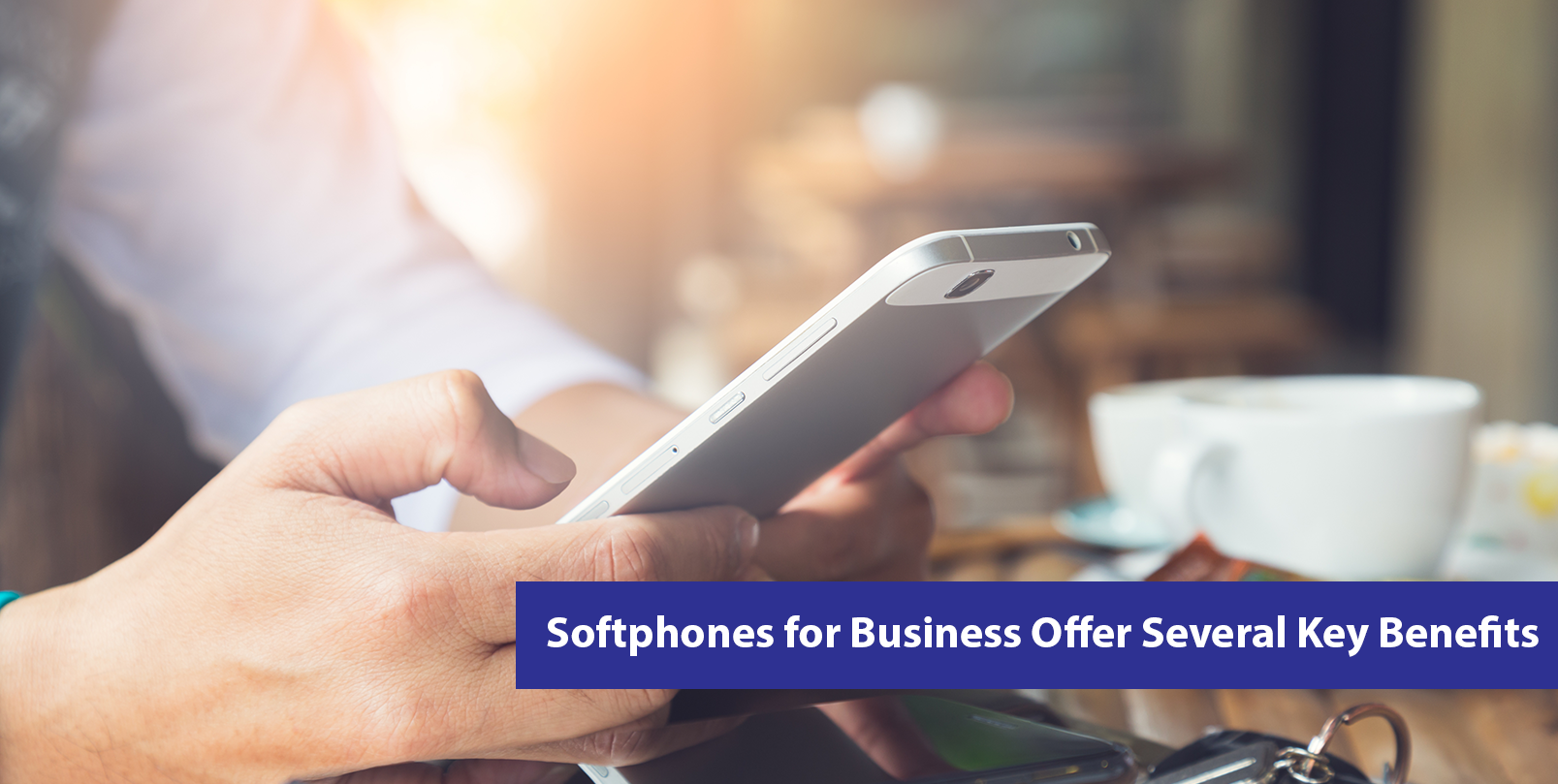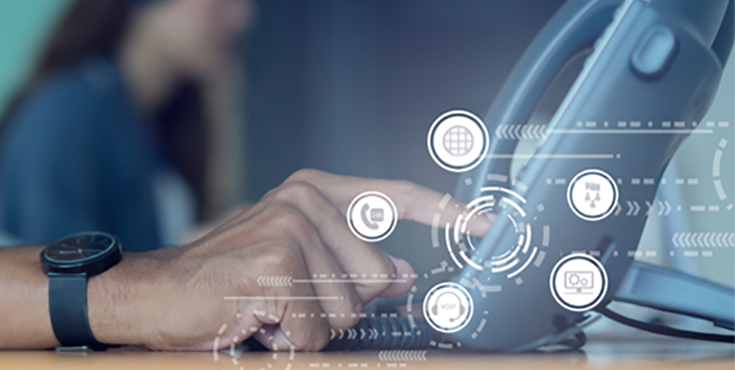Fiber-optic is the future of telephone service
COVID-19 has forced everyone to rely more heavily on communication tools to stay connected from home.
Fiber-optic technology has proved to be much faster, less prone to interference and more reliable than traditional copper technology. But there are a lot of questions on differences between copper and fiber telephone service.
The great news is phone service over a fiber-optic phone line is more secure, virtually immune to interference and extremely reliable. While telephone lines over copper technology have benefits, there are some vulnerabilities that can’t be completely
mitigated. Let’s touch on each of these.
Interference
There are four categories of interference that copper phone lines are susceptible to: environment, radio frequency interference, crosstalk and voltage surges.
Copper wires degrade faster when exposed to extreme heat or temperature fluctuations in the environment, and are susceptible to electromagnetic interference from lightning and other electrical equipment. RFI can happen when some part of the phone line or system is on the same frequency as the offending signal, converting it into audio heard during a phone conversation. Crosstalk happens when one phone circuit signal jumps to another circuit. Weather and electrical power supply issues can lead to power surges in copper phone lines. Fiber-optic cables aren’t susceptible to these types of issues.
Reliability
With fiber, broken or damaged lines are much easier to detect and isolate, making repairs quicker. Fiber-optic lines are also less vulnerable to water than copper. We all know that electricity and water don’t mix. If any exposed portion of a copper phone
line is in contact with water, it is almost guaranteed to fail.
Getting ready for fiber
Fiber is the direction the telecommunications industry is moving in, so what can you expect when it’s time for your phone service to change?
Fiber-optic phone lines require a power source at the customer endpoint. To ensure you have continued use even in the case of a power outage, consider investing in an alternative power supply so that in the event of a power outage at your home or business, you have a backup power source for the end-point device.
Options include 1) a low-cost battery backup to provide power up to 24 hours; 2) an uninterrupted power supply in addition to or
The future remains bright as the opportunities for phone service through fiber continue to grow. Check with your telecommunications provider to learn more about options available to you.
Nicholas Theuriet is a product manager for Hawaiian Telcom. He can be reached at Nicholas.Theuriet@hawaiiantel.com
© Honolulu Star-Advertiser
Visit this article in the Star-Advertiser.





-1.jpg)
